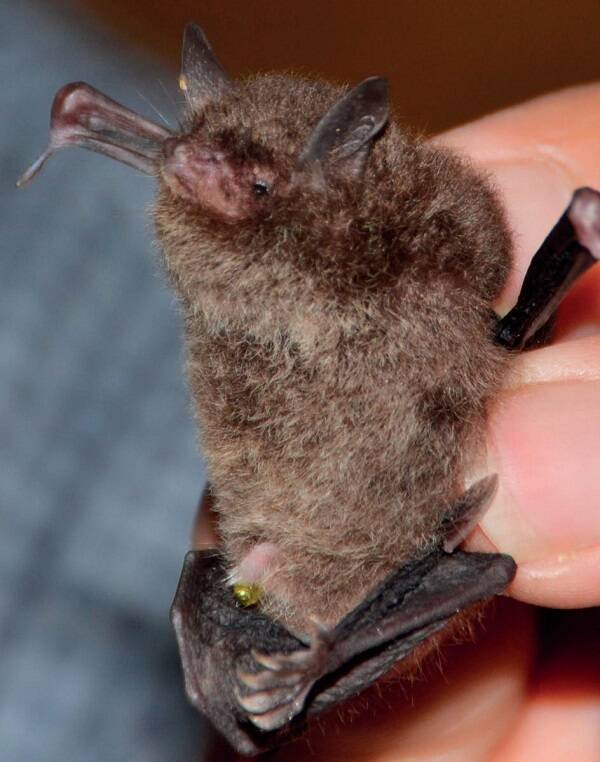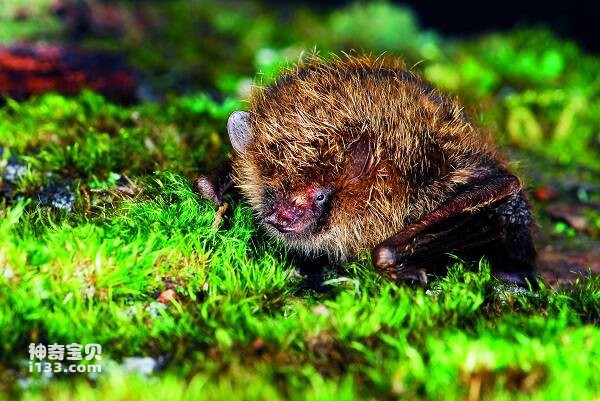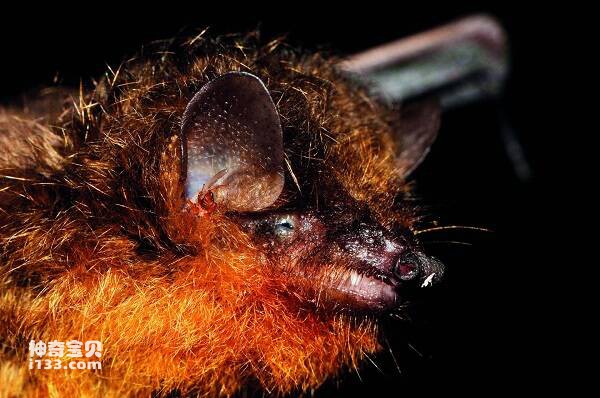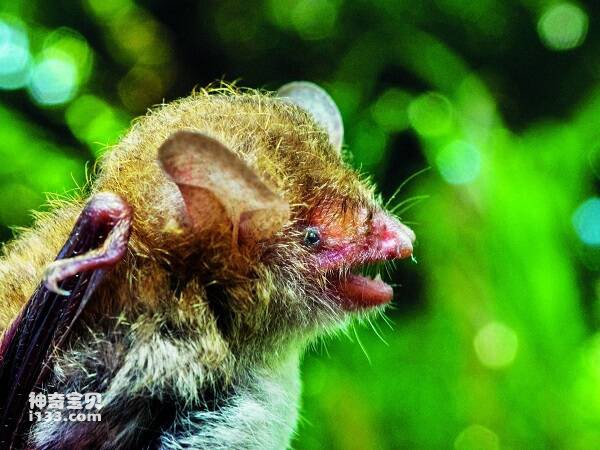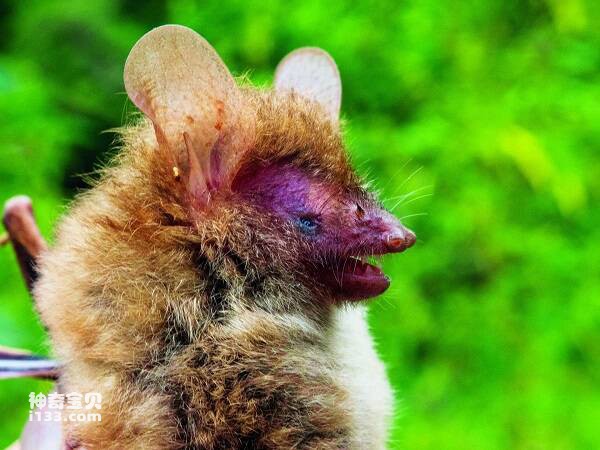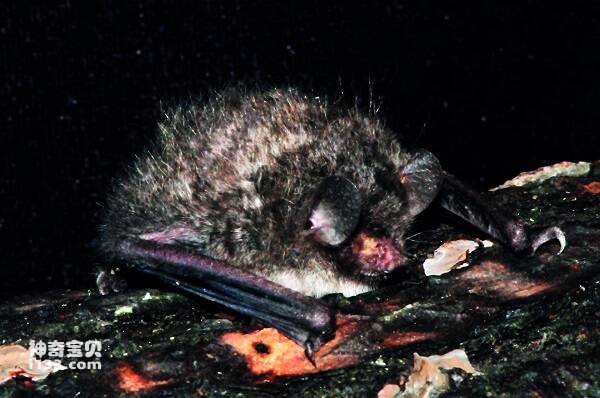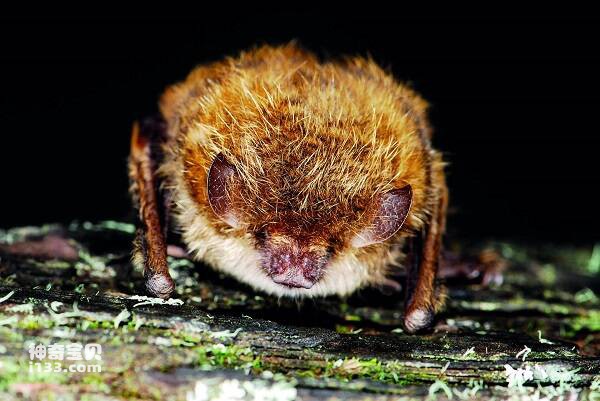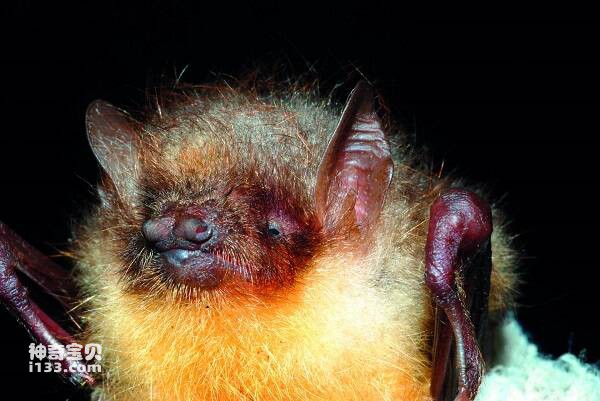Myotis longipes
IUCN
LCBasic Information
Scientific classification
- name:Myotis longipes
- Scientific Name:Myotis longipes
- Outline:Chiroptera
- Family:Chiroptera Batidae Myotis
Vital signs
- length:43-66mm
- Weight:
- lifetime:
Feature
The facial hair is soft and dense, extending to the face except around the eyes and mouth
Distribution and Habitat
In China, it is distributed in Guizhou, Chongqing, Guangxi and Guangdong. It is mainly distributed abroad in Afghanistan, Nepal, Laos and India.
Appearance
The body size is smaller. Head length 43-66mm. Forearm length 34-39mm. The tibia is 14-18mm long, and the hind foot is more than half of the tibia. The facial hair is soft and dense, extending to the face except around the eyes and mouth; Body hair is thick and soft, medium length; The back hair is black, the tip is light gray; Abdominal hair black or brown cream white, near the anus abdominal hair light gray, slightly white; The ear shell is bare and narrow; The tragus is slender about half the length of the ear; The wing is long and narrow, and the wing membrane is attached to the end of the plantar; The hind feet are extended and the claws are long and strong. The skull is small and stout, with a total cranial length of 14-15mm. The cranium is higher, obviously higher than the flat maxilla; Weak or absent sagittal ridge and herringbone ridge; Zygomatic abduction. Gear type: 2.1.3.3/3.1.3.3=38.
Details
Myotis capaccinii was once classified as a subspecies of Myotis capaccinii. However, Ellerman et al. (1951) separate it as a species, and Hanak et al. (1969), Corbet (1978), Bates (1997) and other scholars have also recognized this view. M. capaccinii is found mainly in the Mediterranean, the European Archipelago, northwest Africa, Iraq, Iran, and Uzbekistan (Simmons,2005), and has little overlap with the long-finged Myotis bat. Wang Song et al. (2001) first translated <M.longipes> as "long-fingered Myotis" and <M. capaccinii> as "long-fingered myotis", but Pan Qinghua et al. (2007) and Smith et al. (2009) both translated <M. Longipes > as "long-fingered myotis." From the English name, the former is Kashmir Cave Myotis, the latter is Long-fingered Myotis, that is, <M. capaccinii> translated as "long-fingered myotis" is more appropriate. However, this paper still follows the views of Pan Qinghua et al. (2007) and Smith et al. (2008), and the Chinese name of "M. longipes" is still "long-fingered Myoetis".
This large population (2000-5000 individuals) lives in caves at altitudes of 1300-1754m, and the females gather together during pregnancy and lactation, with the birth and lactation season in June every year (Topal,1974). The specimens from Nanling in Guangdong Province were collected from a water conservancy cave built by a power plant. The cave was about 2km long and 2m high, with water all the year round. In the cave, Rhinolophus chinensis and Rhinolophus parvus were also found.
